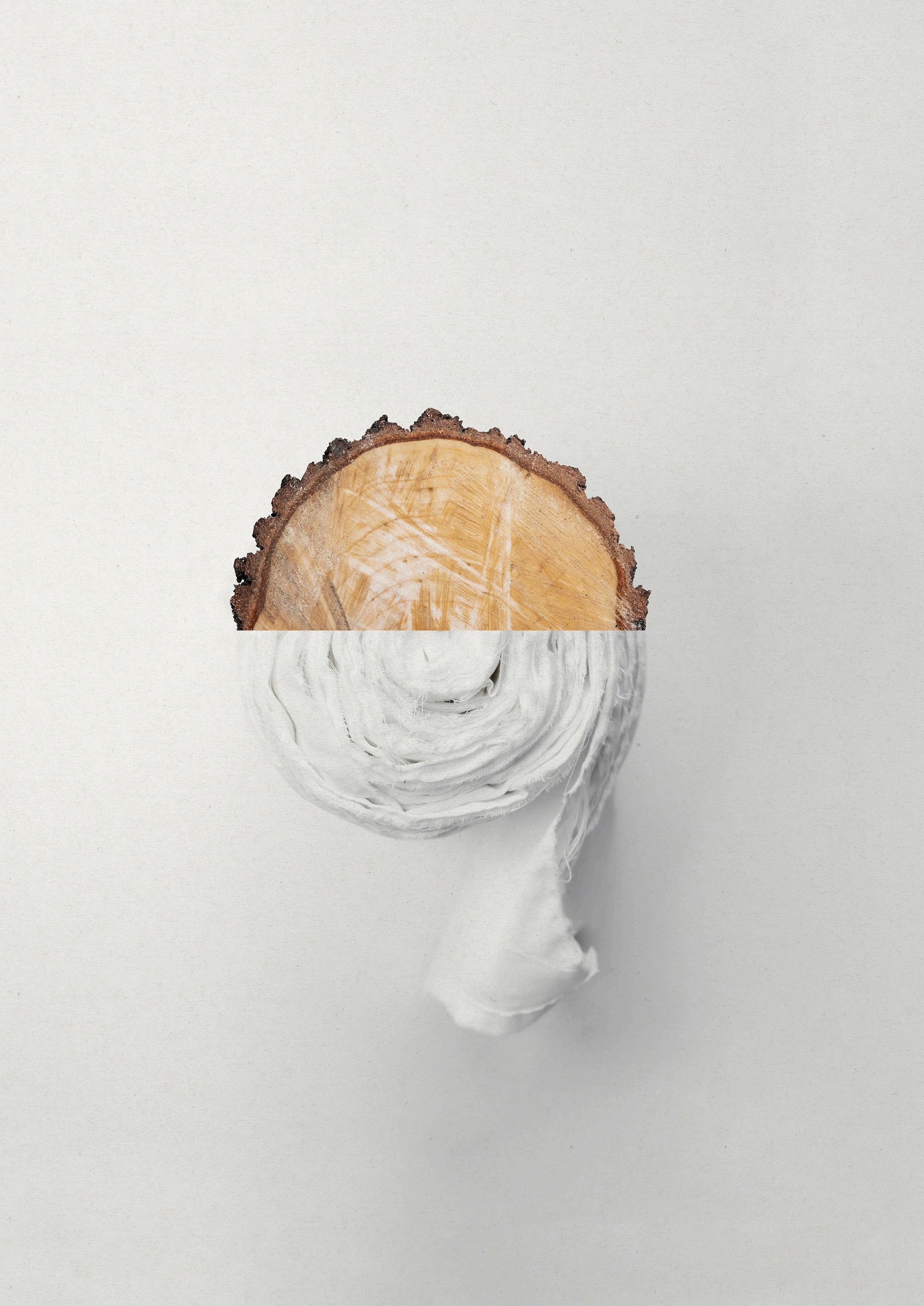A CIRCULAR SOLUTION TO REDUCE THE ENVIRONMENTAL IMPACT OF THE TEXTILE INDUSTRY




The fashion industry is one of the most polluting industries in the world, making up almost 10% of the world’s global greenhouse gas emissions.1 More than 110 million tonnes of textile fibers are produced every year. Virtually everything manufactured is derived from virgin materials, and in 2030 more than two thirds is estimated to originate from fossilbased virgin materials. And today nearly nothing – less than 1% – is recycled. The end-of-life textiles are instead sent to landfill or incineration, which is costly and harmful for both the environment and the climate. The industry is racing to find textile recycling solutions to address this problem.
Manmade cellulosic fibers (MMCFs) accounted for approximately 6.4% of the global fiber market share in 2021, ranking third in terms of volume of global fiber production (after synthetics and cotton and other plant fibers)². Unlike fossilbased materials, MMCFs are made from renewable raw materials, mostly wood.
Viscose is the single largest type of MMCF used with a market share of 80% of the global MMCF market in 20212. Other types of MMCFs include rayon, lyocell, modal and acetate. As an important fiber in the textile sector, it is crucial to focus on the development of innovative technologies to improve production processes over time to reduce environmental impact.
Södra is Sweden’s largest forest owners’ association and an international forest industry group. Södra is made up of over 3,300 employees and 52,000 forest owners. The operations span products ranging from paper and dissolving pulp to sawn timber and building systems to areas comprising renewable energy and liquids such as biomethanol, tall oil and turpentine. The products are then exported to international markets.
Innovation and sustainability are in Södra’s DNA with a constant effort to discover new ways to optimize the use of the forest raw material, to be able to make more sustainable products and materials and create the most efficient processes possible.
Södra has long had a reputation for sustainable innovation in the pulp industry, from driving the introduction of totally-chlorine free (TCF) bleaching in the 1990s to its recent ground-breaking new dissolving pulp, OnceMore® giving new life to post-consumer textiles (which will be explored in more detail in this report) as well as the world’s first pulpable bale strap, FiberSafe® and also, the newest innovation: a combination of agricultural residues with softwood pulp that produces a new pulp product which is resource-efficient, sustainable and performance-enhancing for papermakers.
1 Quantis. Measuring fashion: insights from the environmental impact of the global apparel and footwear industries. Full report and methodological considerations. quantis-intl.com https://quantis-intl.com/measuring-fashion-report 2018
2 Textile Exchange Preferred Fiber & Materials Market Report 2022
- At Södra, Innovation is paramount. If we are going to grow sustainably and generate as much value as possible from our members forests’ we need to constantly improve both our core business but also cultivate new business. With innovation, we not only focus on the commercialization of new opportunities, but we also figure out new ways of thinking regarding our core business, says Lotta Lyrå, CEO at Södra
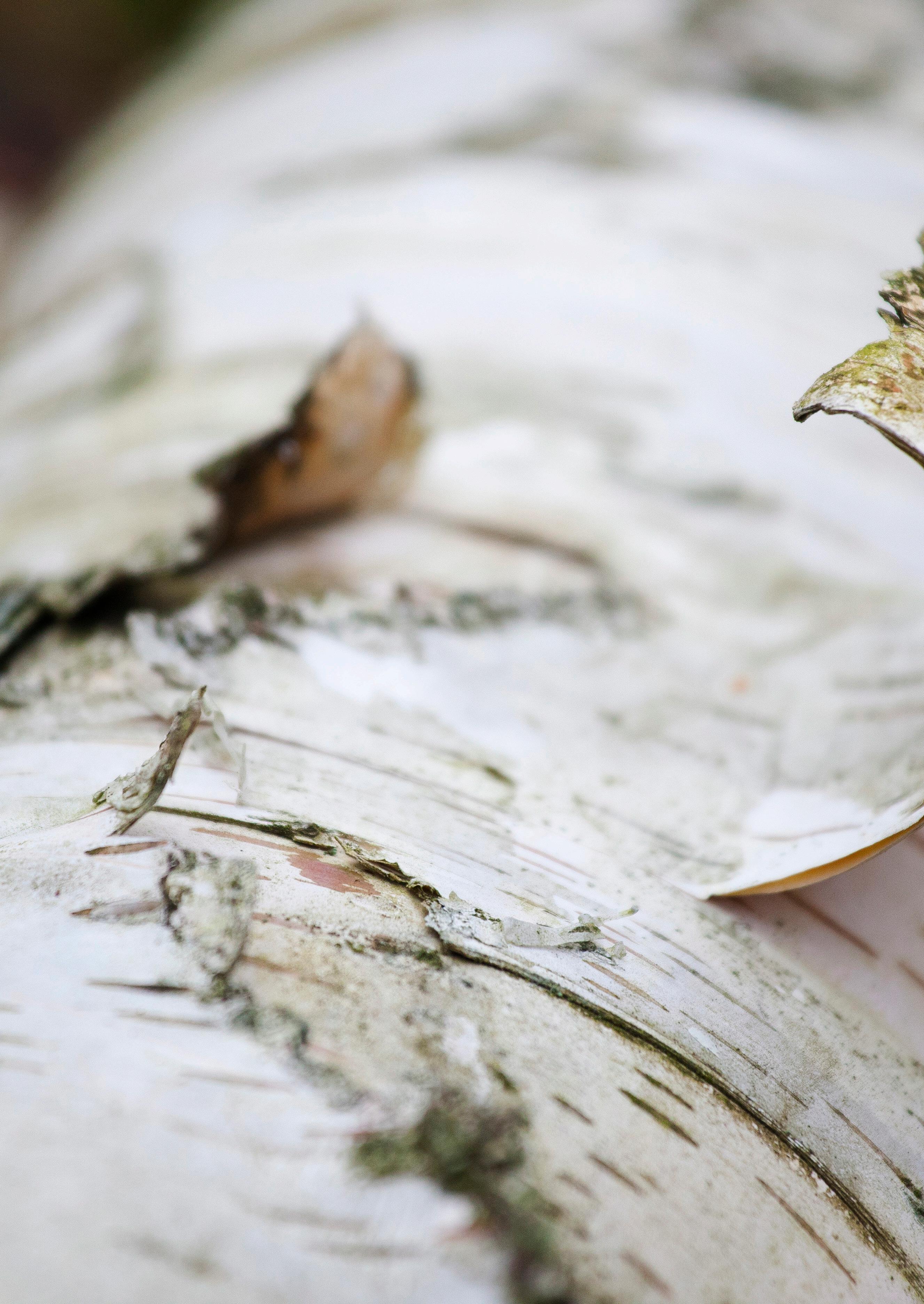
"AT SÖDRA, INNOVATION IS PARAMOUNT. IF WE ARE GOING TO GROW SUSTAINABLY AND GENERATE AS MUCH VALUE AS POSSIBLE FROM OUR MEMBERS FORESTS’ WE NEED TO CONSTANTLY IMPROVE BOTH OUR CORE BUSINESS BUT ALSO CULTIVATE NEW BUSINESS"
Lotta Lyrå, CEO at Södra

It is in this spirit of innovation and sustainability that Södra launched OnceMore® – to help tackle the challenge of textile waste and its detrimental environmental impacts. The OnceMore® process combines cellulose from renewable wood with fibers from worn-out textiles to create a pure, high-quality dissolving pulp.
This dissolving pulp is the starting point for producing viscose staple fibers or other MMCFs. The OnceMore® dissolving pulp is produced in a proprietary process in which post-consumer textile waste, typically polycotton blends, are separated into cotton and polyester. The cellulose from the cotton fibers is subsequently combined with cellulose from wood to produce the dissolving pulp containing recycled content.
The OnceMore® process is already industrialized at Södra’s plant, with 6,000 tonnes of dissolving pulp capacity available in 2023, which will increase year on year. This makes OnceMore® the first scaled open recycling system for blended fibers that can close the loop on textile waste for MMCF production.
The textile waste used in the Södra OnceMore® dissolving pulp production can displace up to 50% of renewable wood used as input material. Now, post-consumer textile waste that was previously sent to landfill or incineration can re-enter the textile value chain to produce new clothing and textile products.
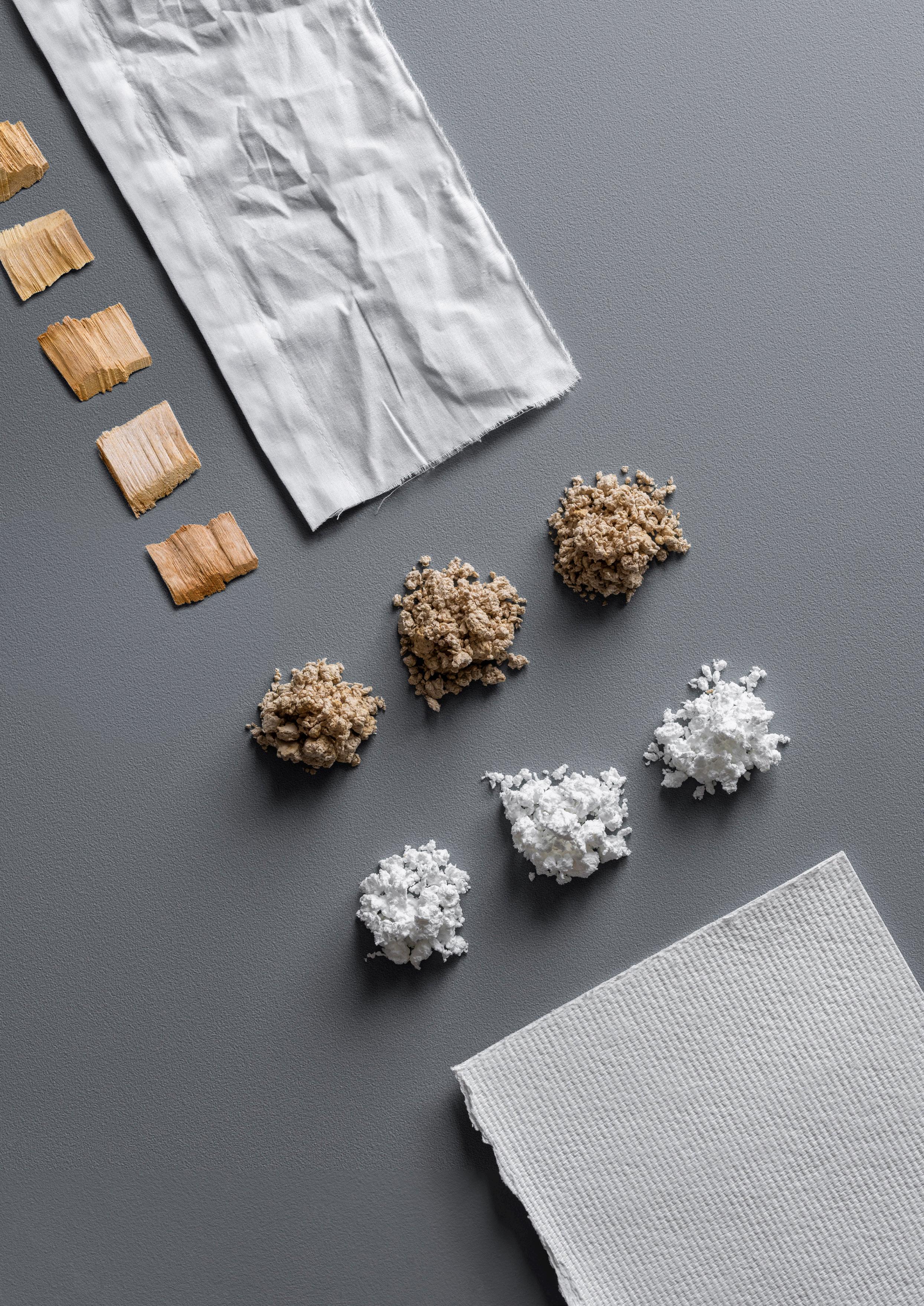
Södra’s family foresters have voluntarily set aside 8% of their forest land to preserve and benefit biodiversity. The goal is to create and preserve habitats that enable many of the forest species to thrive. Södra rewards forest owners who make an extra contribution to nature conservation work, both through certification supplements and a nature conservation premium. This means that Södra pays more for wood that comes from a member with forest certification as well as from a member that has set-a-side more land for conservation purposes than is required by the forest certification. The more land the forest owner set-a-side, the higher the premium.
Södra runs the operations almost entirely on renewable energy. The energy is generated in the pulp and sawmills and comes from the part of the wood raw material that is not suitable for material production. Also, the industrial operations produce a large surplus of green energy which is sold to external customers in the form of renewable electricity, district heating and solid biofuels.
- It’s a special feeling that I'm now able to wear clothes made by trees planted a long time ago and from textiles that would otherwise have been disposed as garbage. It’s like I'm giving these clothes a new life – once more, Linda Fransson, Södra member
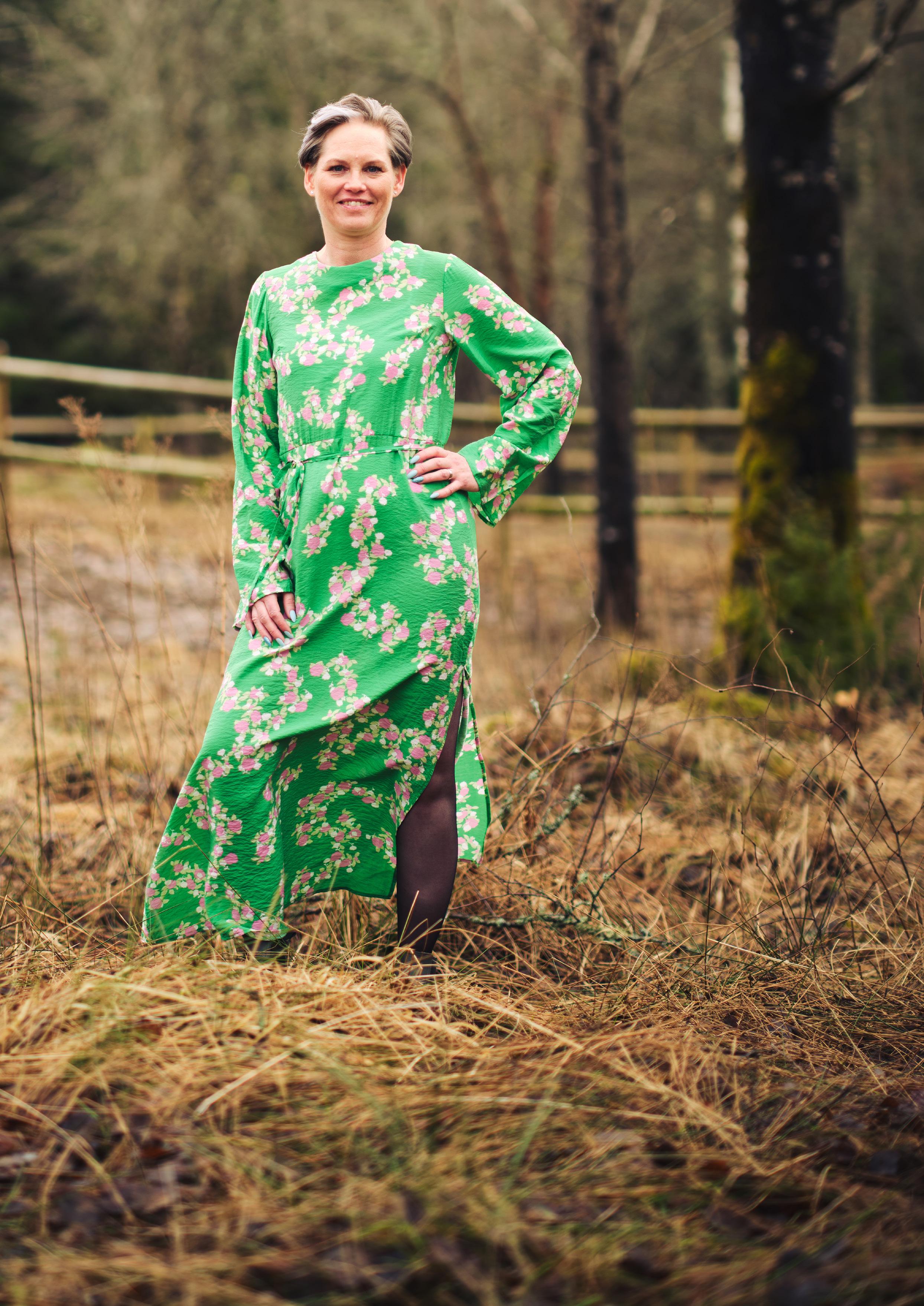
" IT’S A SPECIAL FEELING THAT I'M NOW ABLE TO WEAR CLOTHES MADE BY TREES PLANTED A LONG TIME AGO AND FROM TEXTILES THAT WOULD OTHERWISE HAVE BEEN DISPOSED AS GARBAGE."
Linda Fransson, Södra Member
Södra commissioned SCS Global Services to carry out a third-party reviewed life cycle assessment (LCA) of viscose staple fibers produced in China based on OnceMore® dissolving pulp made with 50% textile waste and 50% renewable wood from sustainably managed forests. While current OnceMore® production uses predominantly 20% textile waste input and 80% wood input, in 2027 Södra plans that the majority of their OnceMore® production will contain 50% renewable wood and 50% textile waste and wished to model the LCA on this mix.
The key objectives of the LCA were to evaluate the environmental profile of both the viscose staple fibers and the OnceMore® dissolving pulp and identify key impact hotspots in the value chain.The scope of the LCA is cradle-to-gate, including upstream materials production, forest management (including land use emissions and removals), dissolving pulp production, and viscose staple fibers production. Impacts associated with the use and end-of-life of viscose staple fibers are excluded. The avoided end-of-life emissions of the textile waste is integrated into the analysis for two scenarios: 100% landfill and 100% incineration, two of the most common ways of disposing of textiles³.
A comparison was also made with results from a previous comparative LCA study of different types of viscose staple fibers. One of the most common scenarios for MMCF production in terms of processes and geography was selected as generic viscose; Chinese viscose fiber production from South African plantation pulp⁴.
OnceMore® is represented in Higg MSI with a generic viscose staple fiber based on 50% textile waste and 50% renewable wood. It is the same LCA that is the basis for the results in Higg MSI and this report. However, this report includes avoided emissions, as well as a comparison with generic viscose. For the comparison with generic viscose, a partially different calculation method has been used to enable the comparison with the previous study of generic viscose.
3 See Figure 1 for a schematic illustration of the studied system. 4 SCS Global Services, Life Cycle Assessment Comparing Ten Sources of Manmade Cellulose Fiber 2017I believe that this kind of report is a great way to be transparent about our environmental impact. But also, a great way to shine a light on factors that we need to work even harder with because we are not done yet. We will never be done regarding reducing the environmental impact, no matter how good we are there is always something that we can do better. This is a start, as our production process develops so will also our product, and during this journey we will also need to improve our environmental impact calculations, Eva Gustafsson, Sustainability Strategist.

"WE WILL NEVER BE DONE REGARDING ENVIRONMENTAL IMPACT, NO MATTER HOW GOOD YOU ARE THERE IS ALWAYS SOMETHING THAT YOU CAN DO BETTER. "
Eva Gustafsson, Sustainability Strategist at Södra.
Viscose staple fiber production
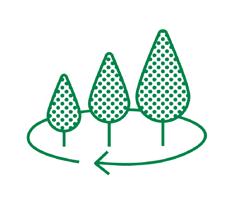
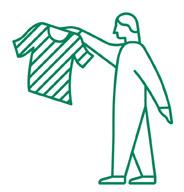
Transport to market, use & end of life

The results show that a viscose staple fiber produced from OnceMore® dissolving pulp performs well compared to a generic reference (Chinese viscose fiber production from South African plantation pulp) with regards to non-renewable energy resource depletion, net fresh water consumption and net global climate change. The energy and water consumptions are 54% and 89% lower respectively. In addition, the viscose staple fiber produced from OnceMore® dissolving pulp has a net global climate change impact below zero when including forest carbon storage impacts, warming impacts, cooling impacts and the biogenic carbon stored in the product. The generic reference has a net global climate change impact slightly above zero.
However, the viscose staple fiber produced from OnceMore® dissolving pulp performs worse compared to the generic reference with regards to other impact categories such as ocean and regional acidification, various biodiversity impacts and human health impacts.
The comparison between the viscose staple fiber from OnceMore® dissolving pulp and the generic reference, shall be considered as indicative due to differences in data quality, method including allocation, year of analyses, and third-party review.
The use of textile waste in the OnceMore® dissolving pulp avoids the disposal of 0.75kg of textiles in landfill or incineration for each kg of dissolving pulp produced. Avoiding the disposal of the textiles has a significant impact for the climate change indicator and the eutrophication indicator.
Although the entire viscose process is considered from raw materials to the production of staple fibers, it is important to note that OnceMore® dissolving pulp production makes up only a small part of the environmental impact of the overall viscose staple fiber production (ranging from 4-46% depending on the impact category), so results should be interpreted in that context. Moreover, depending on the geographical area and production method used for the viscose staple fiber, the overall impact will of course change.
While OnceMore® dissolving pulp offers benefits, there are some tradeoffs as well. At the moment the polyester is used for energy purposes generating emissions of fossil carbon dioxide thereby contributing to climate impact. The longterm goal is to investigate the possibility of extracting a stream of residual products from the polyester.
In addition, textile waste transport has a more significant impact, across many indicators, than the impacts of pulpwood harvest and transport that are displaced using textile waste. Södra is owned by 52,000 forest owners and members supply a majority of the wood for the OnceMore® production. Both the members and the pulp mills are in southern Sweden meaning short transport distance for the wood raw material. The infrastructure, both for sorting and collecting of the textile waste, however, is not yet in place which means that there is a longer transport distance for the textile waste to the OnceMore® facility. The expectation is that the distance will decrease over time as legislation comes into play which will require a higher recycled content in garments, supporting the growth of the circular infrastructure.
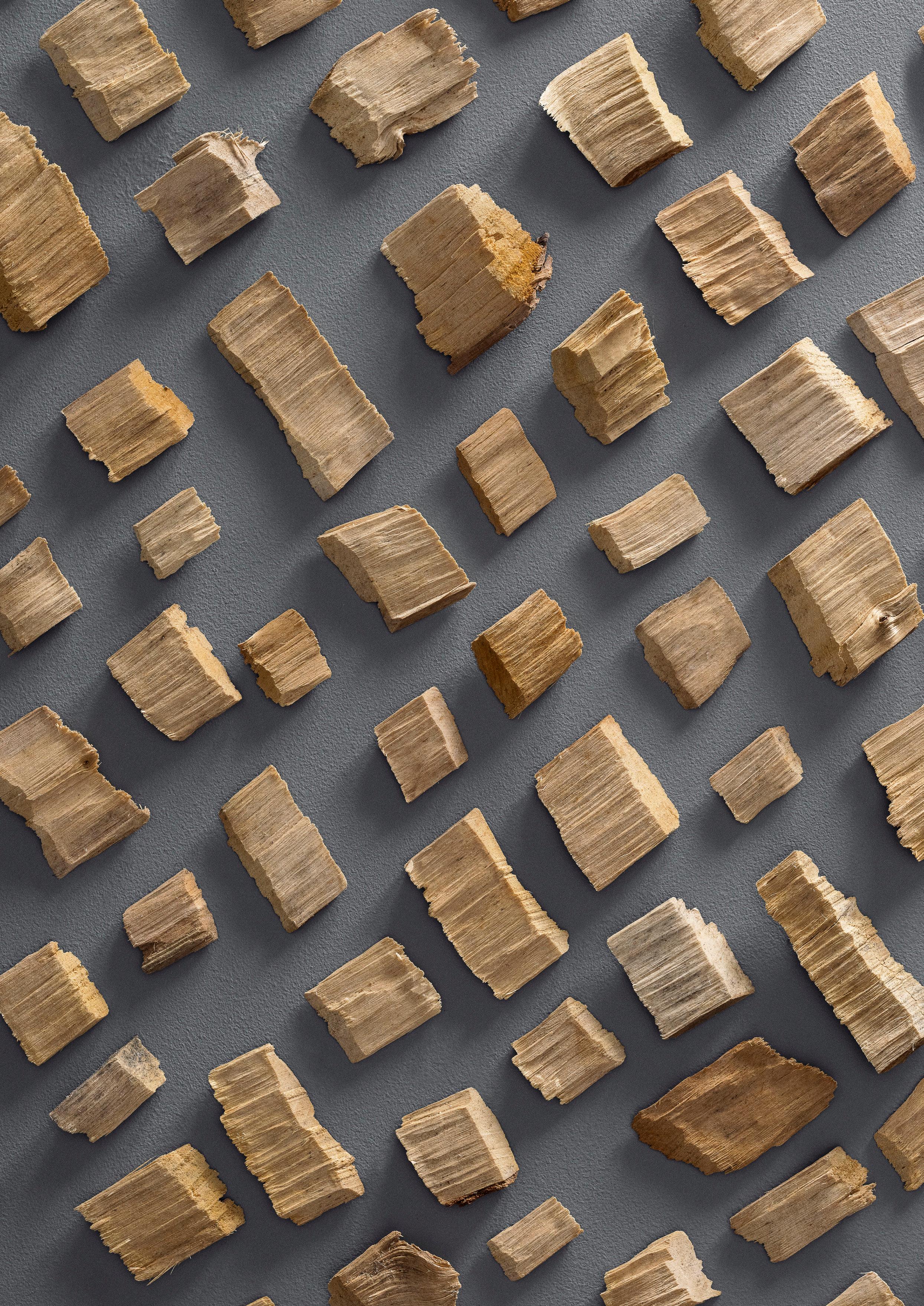
- In the same factories where we manufacture our wood and pulp products, we also produce bioproducts such as: biomethanol, tall oil and turpentine. And in near future our intention is to also include lignin. Lignin today is used mostly as a binder in the chemical industry, and above all in different types of glue. But a much wider use of lignin is possible since its phenolic structure is excellent as a base for chemicals and raw materials that are currently based on fossil materials. The plans to make lignin available to the market, in large quantities and in consistent quality, are the latest example of the aspiration that no part of the tree should ever go to waste, says Johannes Bogren, Vice President
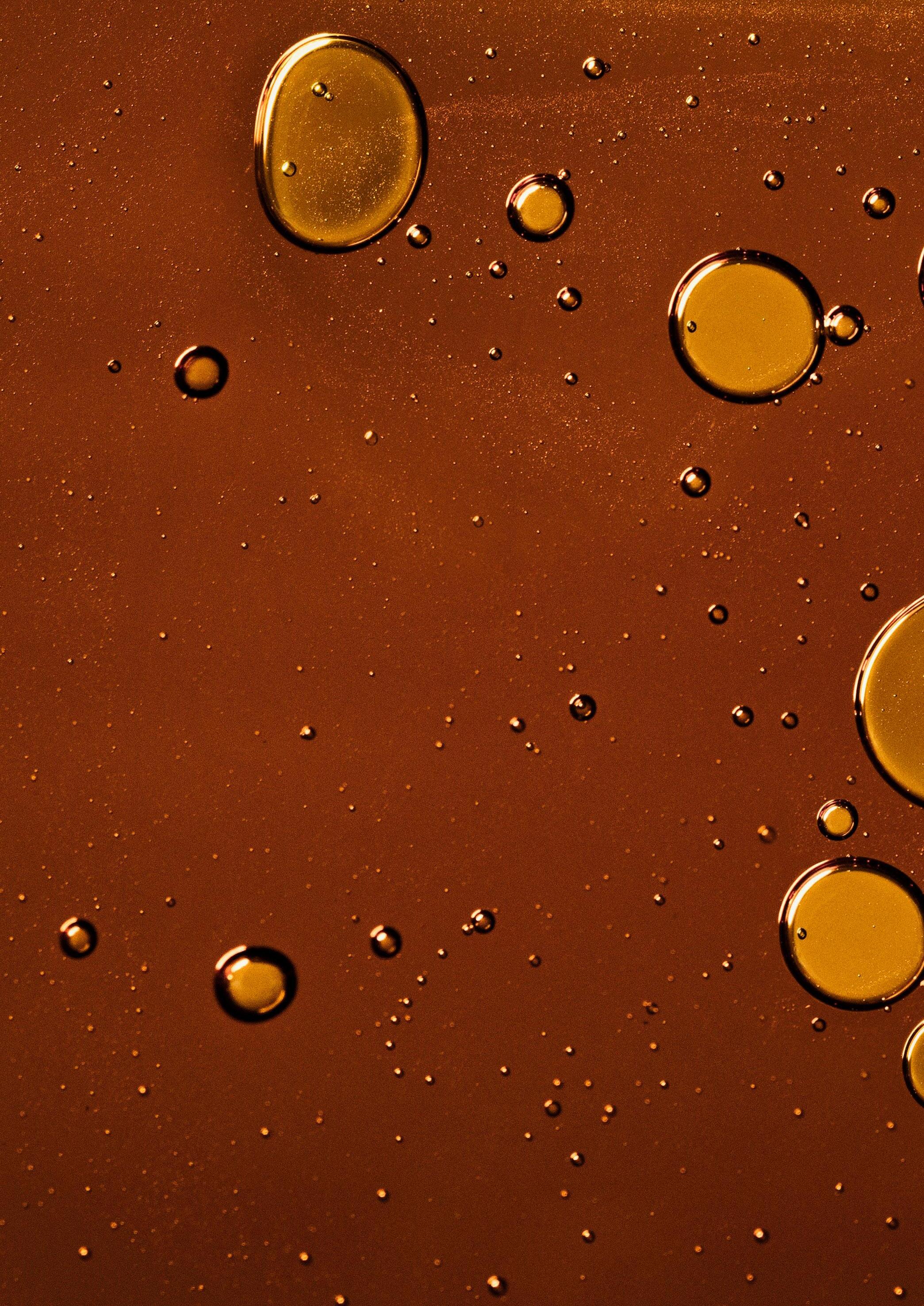 Bioproducts at Södra.
Johannes Bogren, Vice President Bioproducts at Södra.
Bioproducts at Södra.
Johannes Bogren, Vice President Bioproducts at Södra.
The results show that OnceMore® has the potential to contribute to solving the challenges of the fashion industry by increasing recycling in a linear value chain and decreasing environmental impact. Viscose staple fibers production is identified as the largest contributor across all impact indicators. The impacts at the viscose staple fibers mill are primarily driven by process energy requirements for viscose preparation but also by the upstream supply chain for production of sodium hydroxide. The inclusion of avoided emissions from landfill or incineration of textile waste has a large impact on the climate change and eutrophication impact of the OnceMore® dissolving pulp.
Thank you for taking an interest in the Environmental impact report for Södra’s OnceMore® dissolving pulp. The Södra team will continue to collect data and monitor environmental impact with a view toward continuous improvement.
Should you have any questions, please reach out to oncemore@sodra.com
